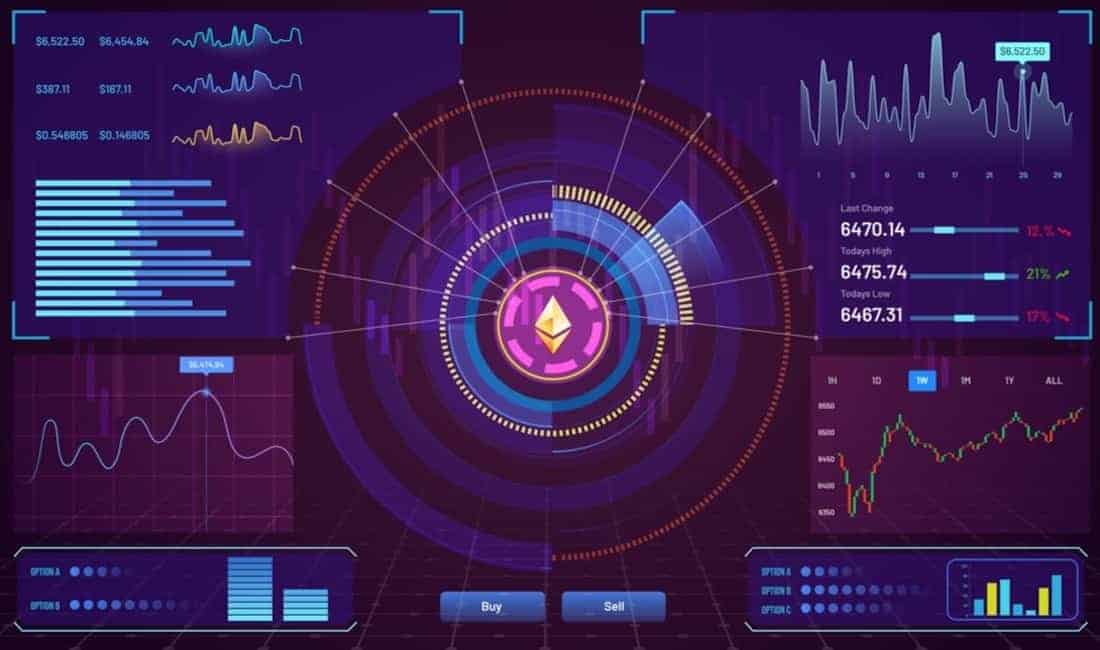Ethereum is about to go through a series of updates. The updates are collectively known as Constantinople and will include five Ethereum Improvement Proposals (EIPs). According to the Ethereum.org and GitHub, the EIPs will go live by the end of October and will change the Ethereum blockchain.
What Is Constantinople
When Ethereum blockchain went live in 2015, developers promised that it would allow running smart contracts. However, Ethereum is still a work in progress. Overall, four major upgrades have been expected. The first was Frontier in July 2015. The second, Homestead, went live in March 2016. Metropolis is the third one. The last one is known as Serenity.
Byzantium, the first part of Metropolis, included nine EIPs. Among them was the possibility to include transaction status codes in receipts, better cryptography, and reduction in rewards.
Constantinople is the second of a two-part upgrade. The first was Byzantium and it took place a year ago. Both upgrades are part of the broader “Metropolis” upgrade.
In this way, Constantinople’s five EIPs are not as significant as those in Byzantium. According to multiple sources, Constantinople will include mostly maintenance and optimization upgrades. Here’s a short breakdown of the EIPs:
- EIP 145 – involves a more efficient way to process information on the blockchain.
- EIP 1052 – represents a new operation code that optimizes large-scale interactions by compressing the way that channels communicate.
- EIP 1014 – allows interactions with certain off-chain addresses. The author of the EIP is Vitalik Buterin, who created Ethereum.
- EIP 1283 – refers to better pricing for data storage to run decentralized applications.
- EIP 1234 – reduces the block reward to 2 ETH from 3 ETH.
Ethereum to Split Following EIPs

All computers that are part of the Ethereum network must update the system with new EIPs. However, if they don’t, then the Ethereum blockchain will effectively split in two. Therefore, one part will use the new blockchain with the EIPs, while the rest will continue using the old protocols.
However, Hard forks are a controversial topic in the blockchain community. On the one hand, they seem like a necessary move to make adjustments to the network. On the other hand, not everyone is on board with the changes. In turn, this can weaken the network by splitting it. For example, the Ethereum hard fork that took place in 2016 following a hack, created Ethereum Classic.
On the other hand, hard forks like Byzantium and Constantinople should not create any cryptocurrency controversies. They are part of a roadmap that describes the evolution of the Ethereum blockchain. In the end, the entire community discusses the EIPs beforehand and knows when the updates go live. Their main purpose is to improve Ethereum and make it more attractive for running smart contracts and decentralized applications.


